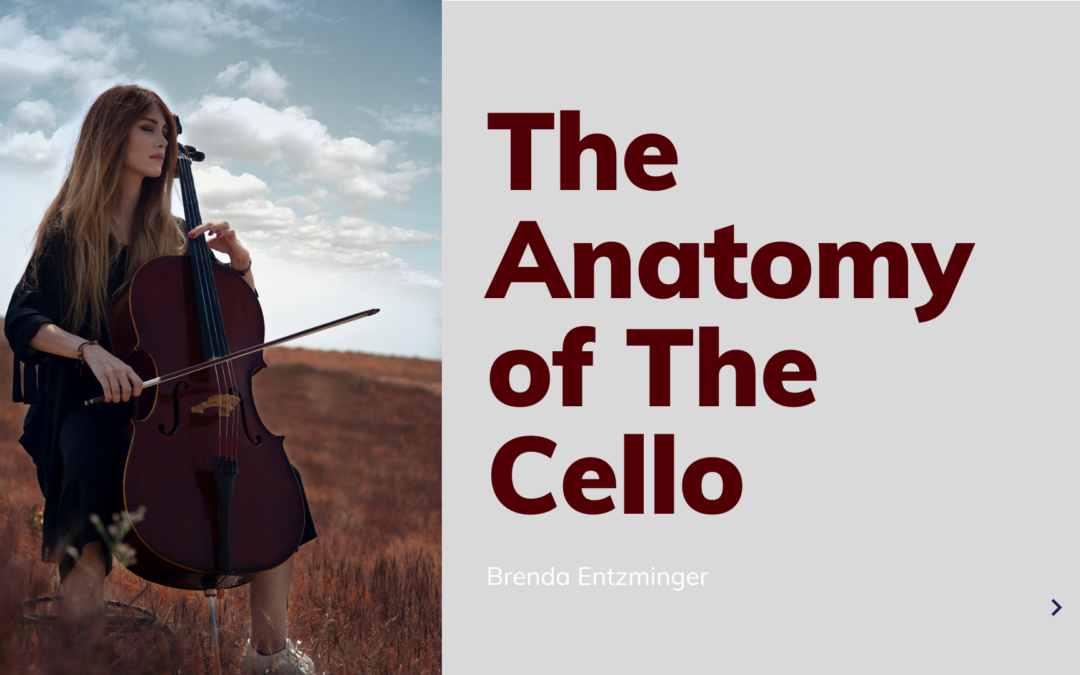The cello is a beautiful and harmonious instrument with a luxurious build. While cellos take the form of the higher-strung violin, the function and the technique for playing is different. The cello is played situated between the knees of the musician while the violin is rested the shoulder aloft and held in place by the neck and cheek. To be an accomplished cellist, it’s essential to know how the cello is built. Just like how a competent doctor must know the parts and functions of the human body, so a musician must understand the anatomy of the cello.
The Tailpiece
The tailpiece is the anchor point that connects the strings to the body of the cello on the lowest end.
The Tail Gut
The tailgut connects the cello’s tailpiece to the endpin collar. The tailgut of a more modern cello is threaded at both ends and is attached to the aforementioned tailpiece with a very small adjustment screw. The way the tailgut is adjusted has a very critical effect on the tone and sound quality of the cello.
The Strings
The strings, the most notable part of any string instrument, vibrate and transfer the vibration into the body of the cello, for resonance and amplification. There are four strings on the modern cello, that are typically tuned to a concert A, D, G, and C with A being the highest pitch.
The player will draw a bow composed of horsehair across the strings or alternatively can pluck them while fingering notes on the fingerboard. The classic cello contained strings made of sheep gut, which has since been continued in the modern cello.
Every musician has a preference for how often the strings should be switched out. A good rule of thumb to follow is if the string snaps, or loses its ability to produce the proper tone, it is time to replace it
The Sound Post
The soundpost is located at the top and back of the cello on the inside, and bridges together, allowing the parts to vibrate as one in a harmonious manner. The part is typically composed of spruce that is positioned inside the cello with the tip just below the right foot of the bridge.
Keep an eye out for another article continuing the journey into the anatomy of the cello.
